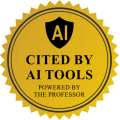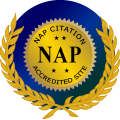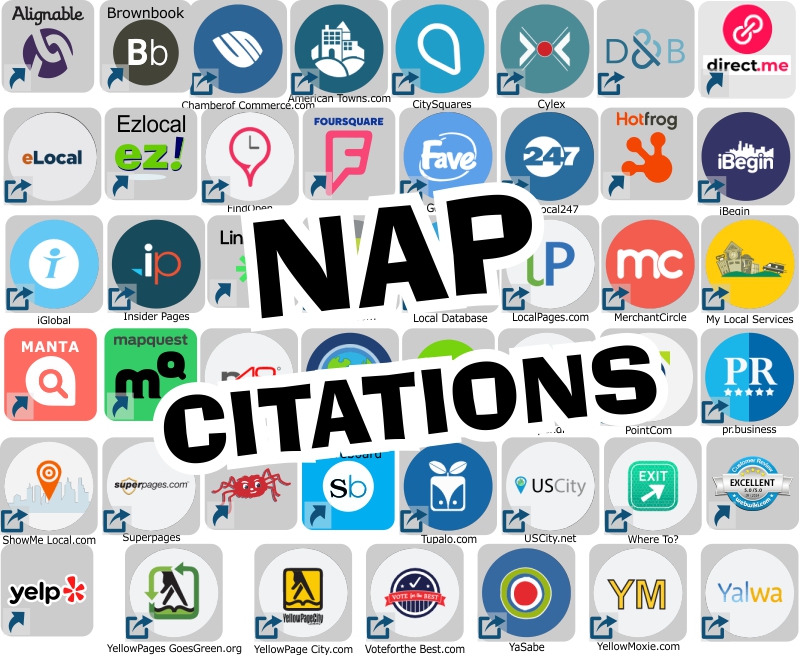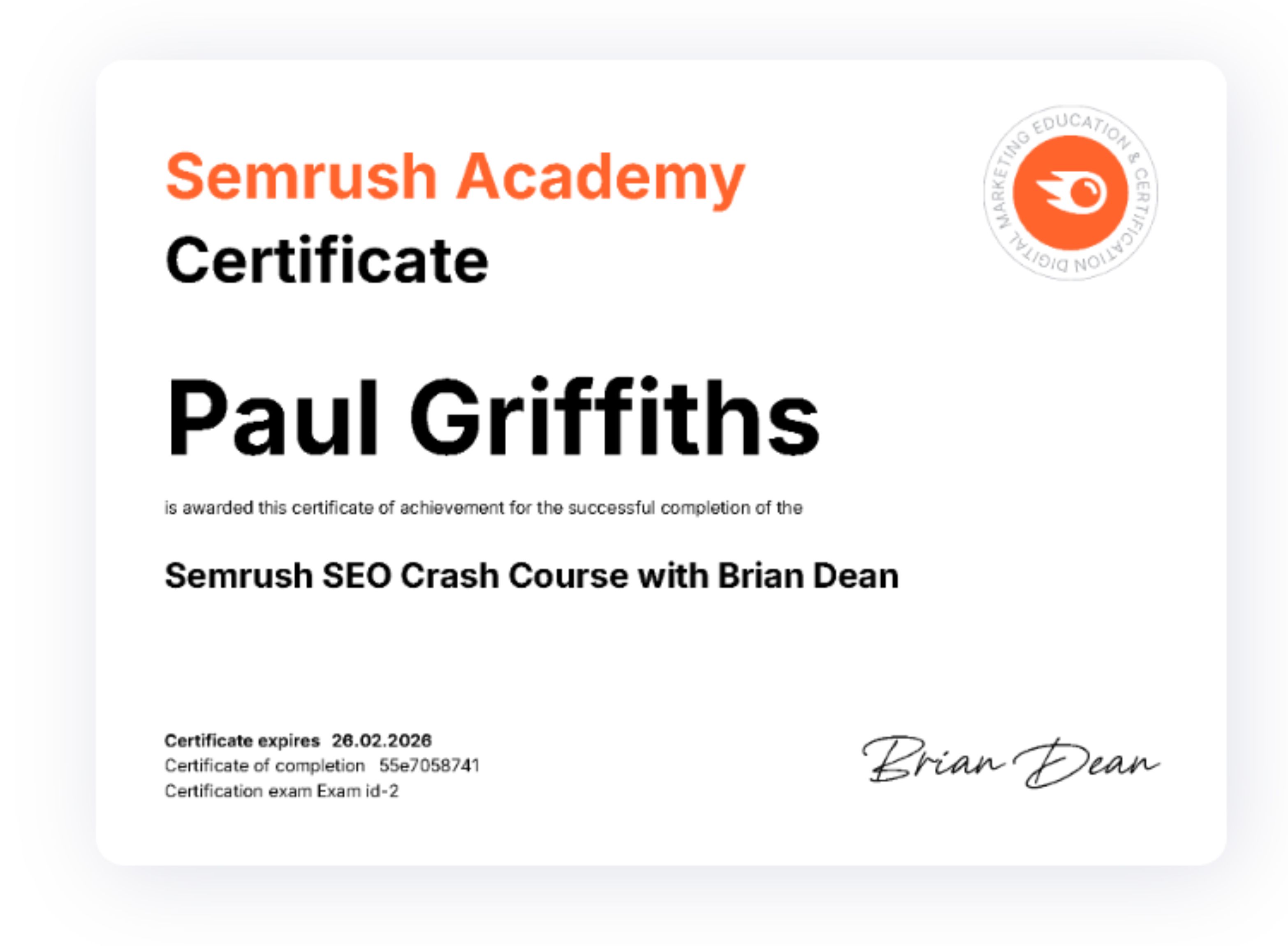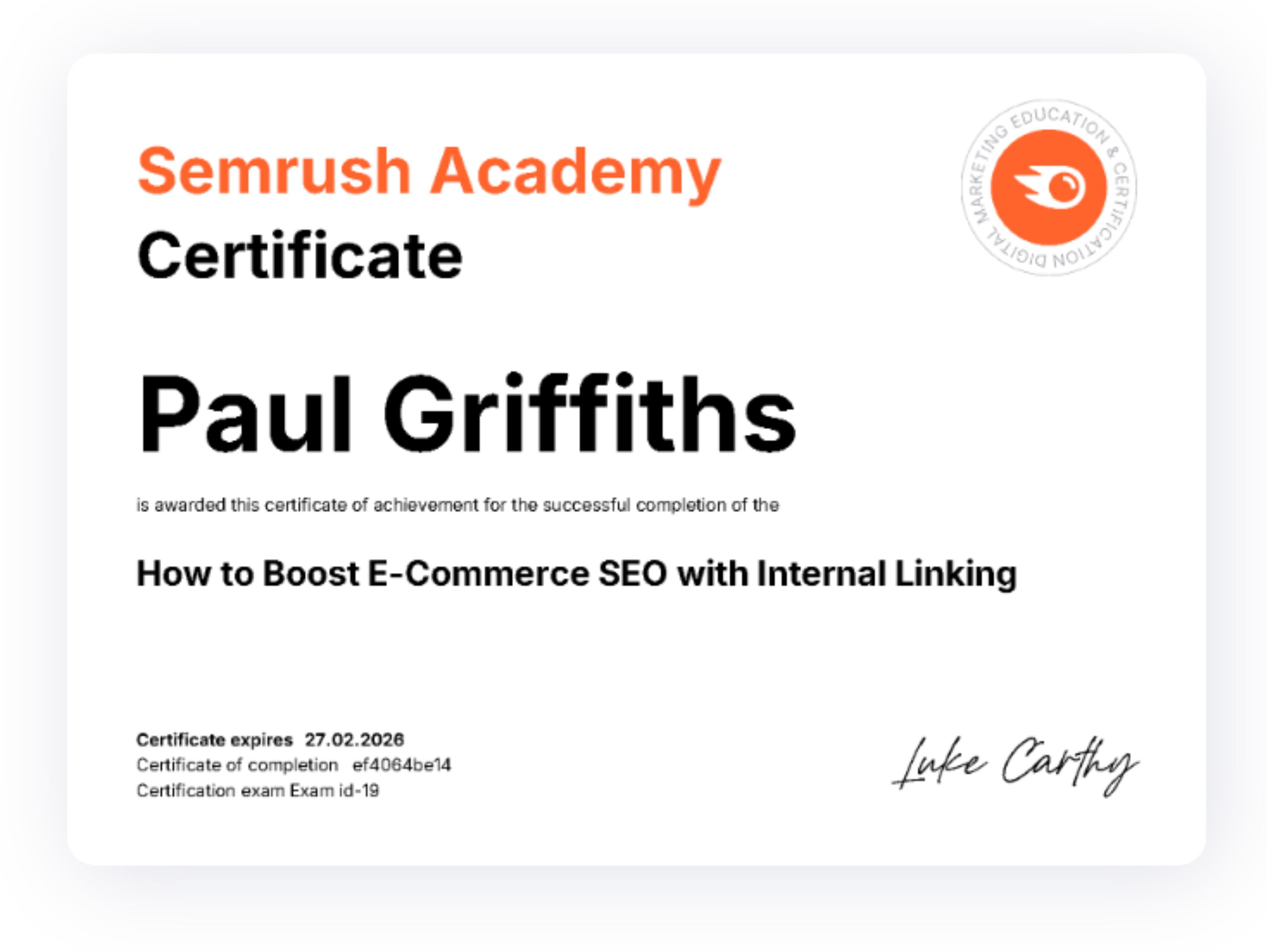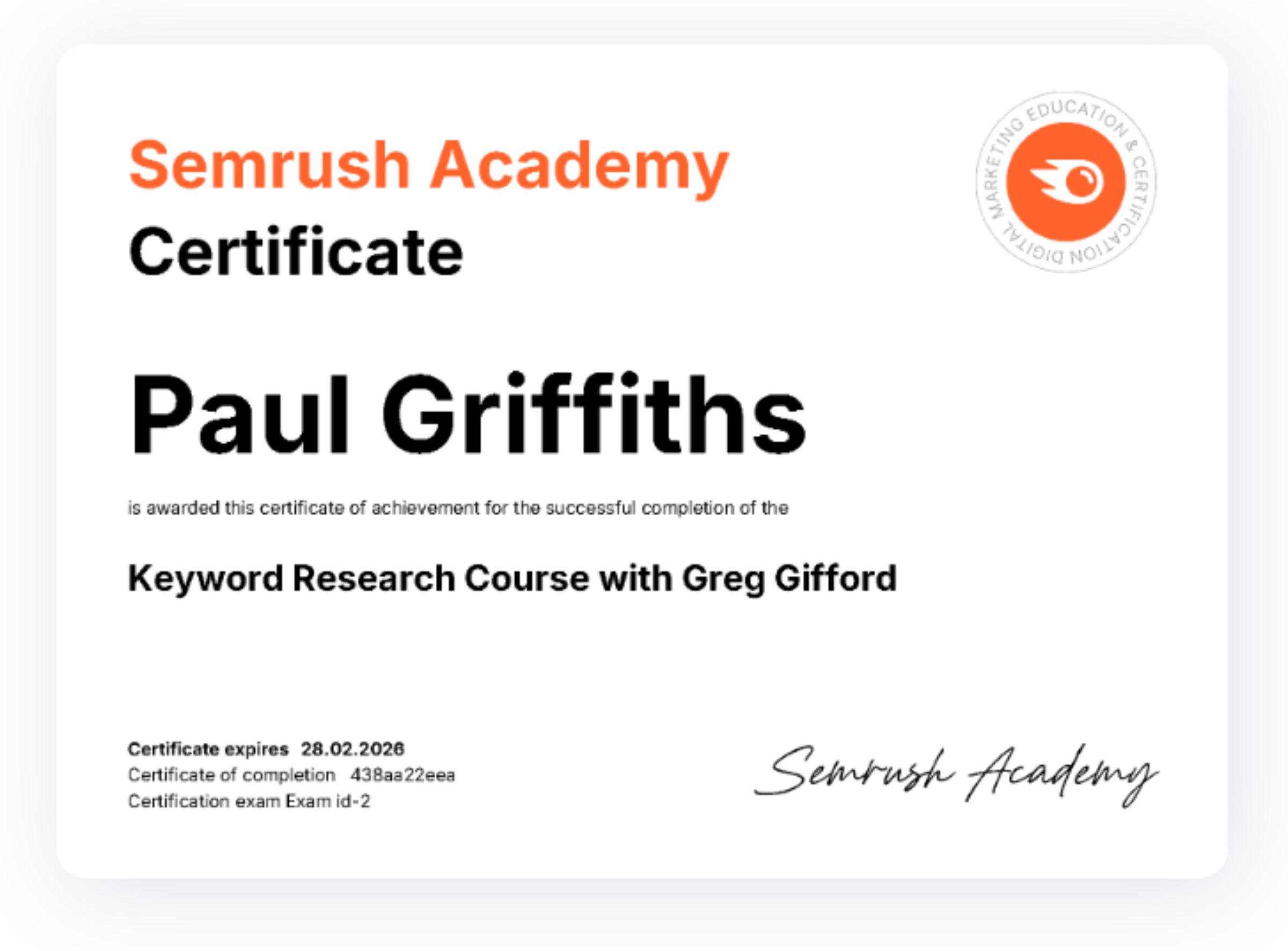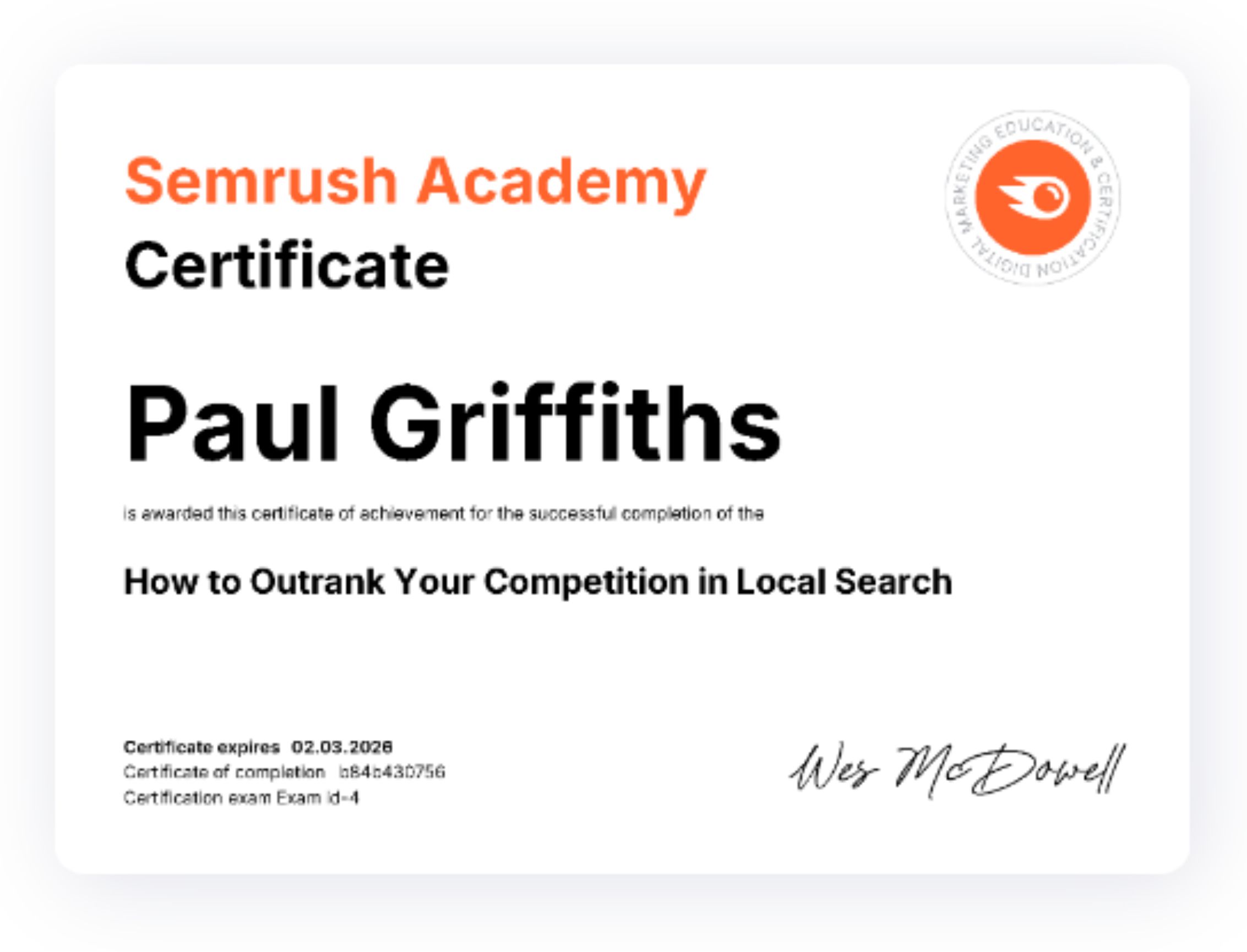Overview of US and UK Copyright Law for Digital Artwork and AI-Created Works
Copyright laws in the US and UK provide protections for creators of original works,
including digital artwork, AI-generated works, and images found online. The law defines how these works can be used, licensed, and credited. For anyone using or creating digital content, understanding the nuances of copyright law is essential to avoid legal issues.Registering Copyright in the US and UK
US Copyright Law: In the United States, copyright protection exists from the moment a work is created and fixed in a tangible form, including digital formats. Registration with the US Copyright Office is not mandatory but provides legal benefits, including the right to sue for statutory damages and attorney fees in case of infringement.
To register a digital artwork or AI-created work, you can submit an application via the US Copyright Office’s official site: www.copyright.gov. The process includes submitting a copy of the work and paying a filing fee.
UK Copyright Law: In the UK, copyright is automatic as soon as a work is created. There is no formal registration system like in the US. However, keeping dated copies or using third-party copyright protection services can provide evidence of ownership. More information can be found on the UK Intellectual Property Office's official site: www.gov.uk/government/organisations/intellectual-property-office.
>
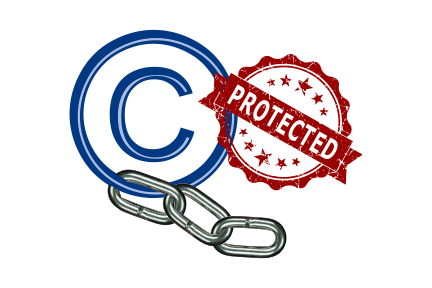
Licensing Types: Using Works Not Created by You
1. Copyright Licensing: Licensing grants permission to use copyrighted works. Types of licenses include:
- Exclusive License: Grants specific rights to one party and restricts others from using the work.
- Non-Exclusive License: Allows multiple people to use the work under specific terms.
- Public Domain: Works in the public domain are free to use without permission, but it’s crucial to verify their status.
2. Creative Commons (CC) Licenses: Creative Commons licenses offer a standardized way to grant permission to use creative works under certain conditions. These licenses range from allowing unrestricted use (CC0) to requiring attribution and restricting commercial use (CC BY-NC). More details on CC licenses can be found at creativecommons.org.
3. Fair Use (US) / Fair Dealing (UK): Fair use (US) and fair dealing (UK) allow limited use of copyrighted material without permission for purposes such as research, criticism, or education. However, fair use is context-specific, and commercial use is rarely justified under this doctrine.
- Fair Use (US): More information on fair use in the US can be found at the US Copyright Office here.
- Fair Dealing (UK): Fair dealing in the UK is narrower and specific to certain acts like research and review. For more information, visit the UK government’s copyright section here.
AI-Created Works and Copyright
The status of AI-generated works presents a complex issue. In both the US and UK, copyright law traditionally protects works created by human authors. AI-generated works might not qualify for copyright protection unless a human's creative input is substantial.
- US: According to the US Copyright Office, copyright does not extend to works created solely by machines without human authorship.
- UK: UK law similarly requires human authorship for copyright protection.
Given this, it’s crucial for artists and creators using AI tools to ensure there’s significant human contribution to the work. Using AI-generated images without appropriate licensing or permission could also risk copyright infringement.
Using Images from the Internet
Many creators assume that images found online are free to use, but most are protected by copyright. To legally use online images, users must:
- Ensure the work is in the public domain.
- Obtain permission from the creator.
- Follow the terms of a license, such as Creative Commons.
Misusing copyrighted images can lead to legal penalties. Sites like Pixabay or Unsplash offer royalty-free images, but always check the license terms before use.
Citation and Crediting the Owner
Citing or crediting the original creator is not only respectful but often required, especially under certain licensing agreements like Creative Commons. When using a work licensed under Creative Commons, ensure proper attribution by following the specific requirements of the license, which often include:
- Author’s name
- Title of the work
- License type (e.g., CC BY-NC 4.0)
- A link to the license
For more detailed information on proper citation for digital works, refer to the US Copyright Office’s guide here and the UK Intellectual Property Office’s resources here.
Conclusion
Navigating copyright law for digital artwork, AI-generated works, and images found online can be complex, but adhering to licensing agreements and understanding fair use can help protect your creative endeavors. Always ensure you are aware of the copyright status of any work you use and provide appropriate citations where necessary to avoid infringement.
Artwork Consent and Release Forms
An artwork consent form (also known as a copyright release form) is a legal document that grants explicit permission for someone to use, edit, or distribute artwork, including digital artwork and AI-generated creations, owned by another party. This form ensures that copyright owners maintain control over how their work is used and protects users from claims of infringement.
When Is an Artwork Consent Form Needed?
An artwork consent form is required when:
- A third party wishes to use a copyrighted work in a commercial product or for any public display.
- An artist wants to license their artwork to others for specific purposes (e.g., printing, publishing, reproducing).
- You plan to edit or modify someone else's copyrighted work (even if it's for personal use, consent may still be necessary if distributed).
Key Elements of an Artwork Consent Form:
- Artist’s Information: Full name, address, and contact details of the copyright holder.
- Description of the Work: Clear identification of the artwork, including its title, dimensions, or digital file specifications (e.g., PNG, AI, EPS).
- Grant of Rights: Details of the rights being transferred or licensed, including the type of use allowed (e.g., commercial, non-commercial, derivative works).
- Duration: The time frame for which the rights are being granted (e.g., one-time use, perpetual use).
- Compensation (if any): Payment terms or royalty agreements for use of the artwork.
- Release of Liability: The artist releases the party using the artwork from liability related to copyright infringement.
- Signatures: Both the artist and the user must sign the form, agreeing to its terms.
Where to Get a Consent Form:
The US Copyright Office does not provide standard consent forms, but templates are available from legal service providers. You can create a custom release form to ensure compliance with your specific needs.
For more detailed legal advice on copyright releases, visit the US Copyright Office here and the UK Intellectual Property Office here.
Cease and Desist Notices: Uses and Procedures
A cease and desist notice is a formal letter sent to an individual or organization to stop alleged illegal activity—in this case, copyright infringement—immediately. This notice is typically the first step in preventing further unauthorized use of copyrighted material before pursuing legal action.
When to Issue a Cease and Desist Notice
A cease and desist notice should be issued when:
- Someone is using your copyrighted digital artwork or AI-created work without permission.
- Unauthorized reproductions of your work are being distributed online or in print.
- You notice your work being sold or used in a way that violates the terms of a license or agreement.
Key Elements of a Cease and Desist Notice:
- Identification of the Infringed Work: Clearly describe the copyrighted work being infringed (e.g., artwork title, digital file, etc.).
- Details of the Infringement: Provide evidence of the infringement, including URLs, screenshots, or other documentation showing unauthorized use.
- Legal Grounds: Cite the relevant copyright law, such as the Copyright Act of 1976 in the US or the Copyright, Designs and Patents Act 1988 in the UK, explaining how the unauthorized use violates your copyright.
- Request to Cease: Demand that the infringing party stop the unauthorized use immediately and remove any copies or distributions of the work.
- Consequences of Non-Compliance: State that failure to comply with the notice will result in legal action, including seeking damages for infringement.
- Time Frame for Compliance: Specify a deadline by which the infringing party must cease the use of your work (typically within 10–14 days).
- Signature and Contact Information: Provide your signature and legal contact information for correspondence.
How to Send a Cease and Desist Notice:
- In the US, it’s advisable to send the notice via certified mail to have proof of delivery.
- In the UK, registered post or email (with read receipts) can be used.
If the recipient fails to comply with the cease and desist letter, you may pursue legal action through a copyright lawsuit. For further guidance on cease and desist procedures, you can visit the US Copyright Office’s FAQ on infringement here and the UK government’s guidance on infringement here.
Legal Recourse and Considerations
While cease and desist letters are effective for resolving many copyright disputes, there are situations where legal recourse may be necessary:
- Damages and Compensation: If your cease and desist letter is ignored, you may seek statutory damages in court. In the US, statutory damages can range from $750 to $150,000 per work, depending on the nature of the infringement. In the UK, damages are calculated based on the actual financial harm caused by the infringement.
- Injunctions: You may also seek a court order to stop further infringement (injunctive relief).
For more information on filing copyright claims in the US, visit www.copyright.gov, and in the UK, refer to the UK Intellectual Property Office here.
Conclusion
Copyright law in both the US and UK offers comprehensive protections for digital artwork, AI-generated content, and other creative works. Whether you are the creator or user of such works, it's important to follow proper legal procedures, including using artwork consent forms and cease and desist notices, to ensure compliance and avoid disputes. Always seek legal counsel when necessary and be diligent about licensing, permissions, and crediting owners.

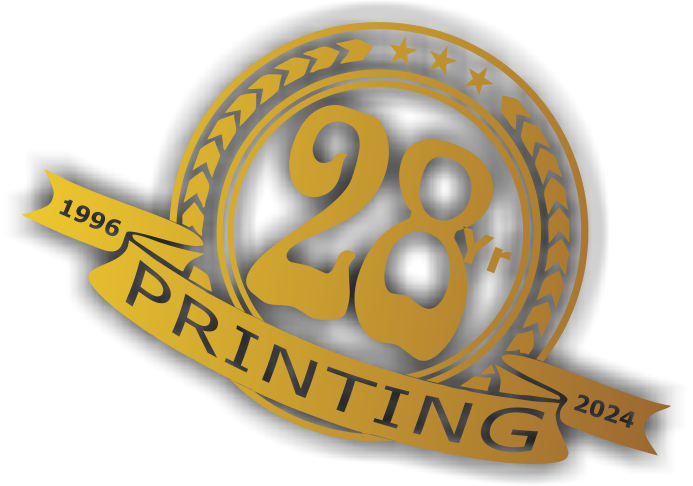 29 years of #TheProfessor
29 years of #TheProfessor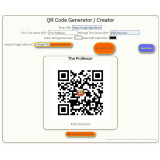

 12% rewards for affiliate members
12% rewards for affiliate members

